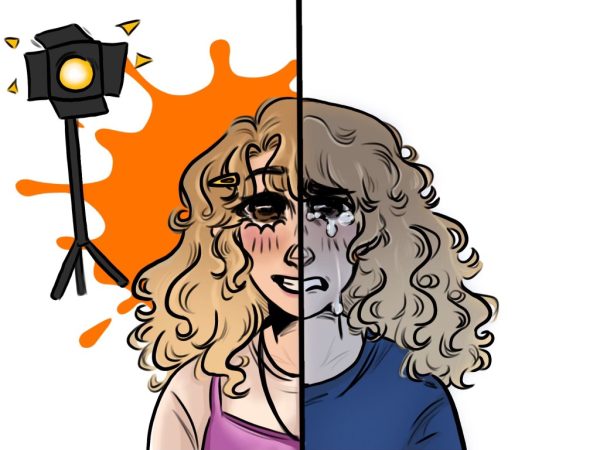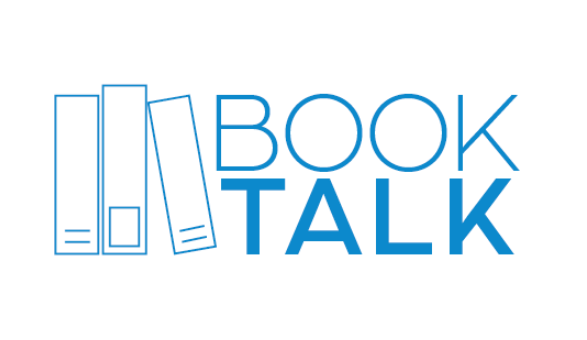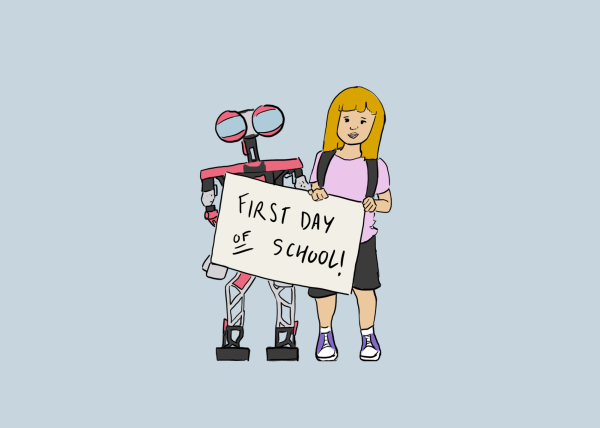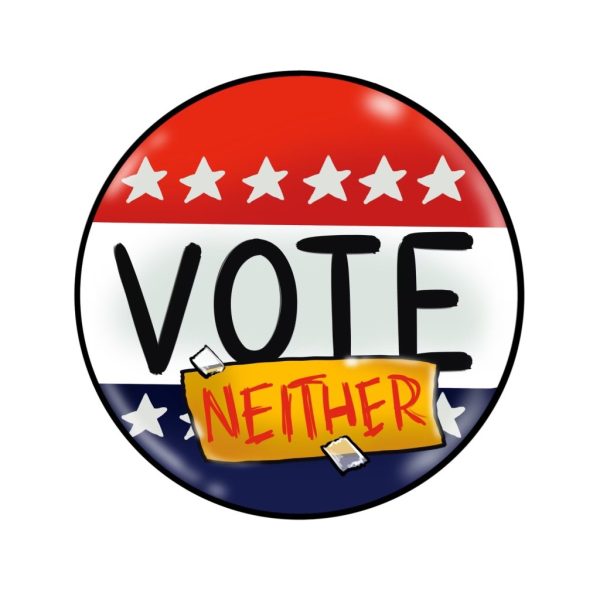Inequality isn’t an aesthetic
Model diversity severely lacking in the fashion industry
Following the publication of the December issue of Interview magazine featuring Kylie Jenner posing provocatively in a wheelchair on the cover, social media erupted with posts on the shoot’s ableist nature. Tweets from wheelchair-bound people questioned why Kylie’s shoot glorified their disability as “fashionable” while they are belittled and ostracized on a daily basis.
Of course, we’ll all forget about this in due time, if we haven’t already. Kylie and her family will continue to pepper the Internet with examples of their avarice and insensitivity and we’ll all move on.
We shouldn’t, though. This one instance of a celebrity’s offensive antics represents a larger struggle within the fashion industry as a whole: the struggle for more model diversity.
Designers have shown time and time again that they are inclined to hire a certain type of model. They usually end up being young, tall and slender, and while there is nothing wrong with models who look like this, designers turn down models of a certain age, body type, race or disability simply because this isn’t their “aesthetic.”
This is where the line must be drawn on the aesthetic craze. Models are vehicles of the art that the designer is trying to exhibit on the runway or in editorials and must communicate that art effectively, but if models bearing the aforementioned characteristics are the only people who can do this, then the problem is with the product, not with the model. Desire for aesthetic is no justification for discrimination.
Recent strides have been made to bring diverse models to the forefront. Madeline Stuart, an 18-year-old model with Down syndrome, walked for FTL Moda at New York Fashion Week in the fall of last year.
The efforts of Stuart and countless other leading diverse models, such as Viktoria Modesta, Chantelle Brown-Young and Hari Nef, should not be invalidated. However, the fact remains that these people are special cases; deviations from the norm. Atypical models still struggle to find employment and, thus, there is a gross inadequacy in the fashion industry’s model representation.
So how does this affect us? What does it matter if a dangerously thin Aryan supermodel is on the catwalk modeling Michael Kors’ latest “safari chic” collection when we all know we’ll be wearing sweatpants to school tomorrow?
What a lot of people don’t realize is that runway fashion is where our clothes come from. These styles debut at fashion shows, then trickle on down into department stores where we, in the wise words of Miranda Priestly in The Devil Wears Prada, “fish it out of some clearance bin.” Runway fashions have a direct impact on the clothes we put on our back every day, despite how easy it is to dissociate ourselves from the exotic designs of Givenchy or Alexander McQueen. Therefore, whatever and, more importantly, whomever appears on the runway today affects what we wear tomorrow.
We should continue to support the endeavors of atypical models and the brands that employ them, but we should also seek to normalize them. Not-for-profit organizations such as Models of Diversity are seeking to do just that, but they won’t get anywhere without mainstream support. We have to change our very thought process. Question what you see on the catwalk and in fashion magazines or, in this case, what you don’t.
Models represent us. And right now, the majority of us aren’t being represented.
Your donation will support the student journalists of Hagerty High School. Your contribution helps us publish six issues of the BluePrint and cover our annual website hosting costs. Thank you so much!

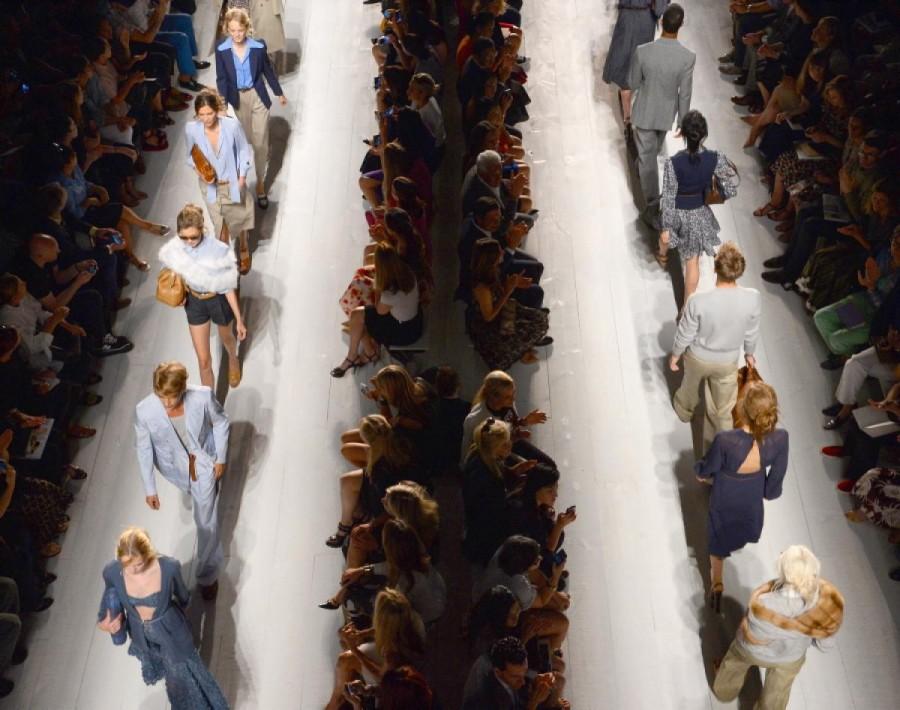
![Its The Little Things: [CENSORED]](https://hhsblueprint.com/wp-content/uploads/2024/04/IMG_4644-600x384.jpeg)
